Post-Industrial Landscapes: Sun 7th Jan 2024
Artist Matthew Conduit on the beauty we overlook. Plus a round up of out there stuff, including a dip into Round at Bill's Mother's.
Morning. I first met Matthew Conduit in the 1980s, during the slow death of local steel and coal employment, when the phrase ‘post industrial’ meant something clear, something we saw every day.
Sheffield seemed grey in those days, and Matthew and a handful of fellow photographers used high resolution prints from black and white film (ask your elders, kids) to document the city. I spoke to Matthew for today’s edition, as an exhibition of his new colour photos show a very different kind of post industrial landscape.
There’s also a news round up, and a small selection from our full What’s On Out There listings. And a big thank you to the many new readers who’ve switched to a full subscription over the New Year.
If just another two dozen of you regular readers sign up to get all the posts, all the archives, and all the kudos of supporting a new magazine for the Outdoor City, this publication will finally reach its survive and thrive target.
Remember our slogan folks: FFS! Forward to Friends and Subscribe!
Nature Running Rampant
The post industrial landscapes of the 80s and 90s were very hard, very graphic, Matthew Conduit tells me. His photographs of the time show dark satanic mills, railway lines, looming Neepsend gasometers when Kelham Island was usually avoided, and rusting metalwork of dying industries. All in black, white and grey.
“I was drawn to these places,” he says. But after the millennium, he shelved his photography artwork for a time, and when he returned more recently he decided to look instead for: “pure wilderness.”
He tried the Peak District, but realised it was usually more managed than wild, and found himself drawn back to the castaway industrial sites. “It was in those places that you found wildlife, and pure nature running rampant,” he says.
We pass these kinds of sites every day. Swirling tangles of branches, in subtle shades of grey, brown, red and green, overlooked places where Matthew says he sees beauty.
When he stands there with his camera on a tripod, virtually every passerby assumes he’s a birdwatcher. On one occasion he was photographing a woodland with light on the branches like a cathedral.
“And somebody stopped, and said: ‘Oh, you're photographing the birds,’ and I was just like: ‘No, look !’ We were standing in this amazing space with all this stuff going off, above his own head, and this guy just couldn't see it.”
Neglected sites where industries have collapsed and thorns and oak and birch trees have taken over often carry a long history, with old industries and toil and sometimes disaster hidden behind the weeds. Like the edge lands of Brightside, where nine miners lost their lives within eight years of the nineteenth century
In other cases, like the Shire Brook valley, old collieries and sewage works and landfill sites are now a protected nature reserve.
The process of producing art like this is hard work. Or as Matthew puts it “quite often, a real ball ache.” He usually photographs in autumn and winter, in flat grey light, ideally with no wind.
Once he’s found his subject, his camera goes on a tripod and he takes a series of photos, panning left to right and from up to down. And if the wind picks up or the light changes, he has to start all over again. If he comes home with one picture, he’s had a good day, he says.
Then, he goes back to the studio and stitches the photos together into a very high resolution image - anything between 12 and 80 photos are needed. So he never sees the final image until long after he’s been standing out there with his tripod.
Post industrial edge lands are now understood to be quite special, both socially and ecologically. Wildlife is often undisturbed and can often thrive more in urban environments than rural farmland full of herbicide and insecticide. And the signs of people and their history means there’s plenty to explore for young and old.
At one time, he painstakingly avoided litter, Matthew says, but nowadays he realises that’s part of the landscape too.
“It’s been quite a long process of me starting to embrace this contrast between the beauty that I perceive, and also what's actually going on in these spaces. Why are they like that? What's happened? And what is their future?”
His work is now at the LAND exhibition at the Graves Art Gallery, and includes pictures from the last ten years, from the edge lands of Sheffield, and also covering the scars of the centuries-old alum industry on the Yorkshire coast.
Producing a high resolution photograph makes us look more carefully, and that’s kind of his driving force, Matthew says.
“People often walk through and enjoy the landscape, but for some reason they don't look. So I'm drawing attention to it, because it's not like I'm going to Hawaii or Iceland, to fantastic landscapes and coming out with these amazing images. This stuff is all around us.”
More of Matthew Conduit’s work, including prints, are on his personal site.
Outdoor News In Brief
I spoke to Rivelin Valley Conservation Group this week about the huge surge from Storm Babet that swept away stones, weirs, tree stumps and sections of at least six pathways. Volunteers have been out at work ever since trying to help the valley recover, and I’m writing a feature for this week’s Sheffield Tribune on the task ahead as they now face up to extreme weather events every year, so check out our big brother publication on Tuesday or thereabouts.
The Rivelin Valley Conservation team need new volunteers, and one or two new committee members with the skills to help, so do get in touch if that might be you.
Readers countrywide read last week’s post about ultra runner Jennie Stevens and why she’s setting out to run the 268 mile Winter Spine Race next Sunday.
She told me on Saturday: “I’m feeling really good and getting everything prepared, I’m currently bagging up all of my mandatory calories for each day.”
By this she means 3,000 calories of dehydrated food, electrolyte gels and snacks like dried fruit and nuts, babybels, peanut butter wraps and crystallised ginger. She says she usually avoids meat for environmental reasons, “but on endurance events I do allow myself the odd pork pie, pepperoni or scotch egg as they work really well.”
She wants to thank all those who’ve supported her fundraiser to raise £10,800 for three scholarships at the University of Sheffield for women from disadvantaged backgrounds.
“I’m absolutely blown away by all the fundraising support I’ve been getting, so thank you to everybody who has donated so far.” I hope to have more for full subscribers as Jennie’s run progresses from the 14th to the 21st of January.
Selected What’s On Out There (from Sun 7th Jan)
If you’re in a group who put on outdoor events and want me to include them, please stick them in the comments below as follows: Date, What it is, Online link.
Sun 7th - Tree ID Tour, Sheffield General Cemetery (£5)
Weds 10th - Sheffield Ramblers Walk - The Cuckoo Way (Part of - 11.5m, start Sheffield Station)
Thurs 11th - Finding Lost Norton Park at Graves Park - bird recording morning
Fri 12th - Big Bike Revival group ride - Forge Dam from Russell’s Bicycle Shed, Neepsend
Sat 13th / Sun 14th - Millstone Edges South Yorkshire Orienteers weekend (Approx £6-£13)
Sat 13th - Parkwood Springs Forest Garden and Conservation Session
From January’s Round at Bill’s Mother’s, for full subscribers
The Friends of Bolehill Wood have decided not to launch a new fundraising bid to buy the wood, despite an invitation from the recent buyers, who seem to be asking for upwards of £200,000. Over 60% of the wood now has an official ancient woodland classification, so the Friends say: “Given any proposed development could not conceivably be permitted, we don’t believe that the market price of the woodland is anywhere near the amount being proposed.” More in the full story.
A Common Loon (or Great Northern Diver) has been seen at Orgreave Lakes, while Waxwings are still hanging around here and there. Check migrant progress with Sheffield Bird Study Group.
Campaigners for recognition and protection of the UK’s temperate rainforests have welcomed a new government recovery plan. But are the UK’s rainforests really all west of the Pennines? Read more in the full member’s edition.
If you like what you read here (and maybe you’re already quite a few weeks into your free trial), please remember this publication can only survive & thrive if a few more of you chip in just £3.67 a month (for an annual subscription).
You’ll then be able to read every single story, and can pat yourself on the back for helping to bring the Outdoor City its regular Sunday notpaper..
:




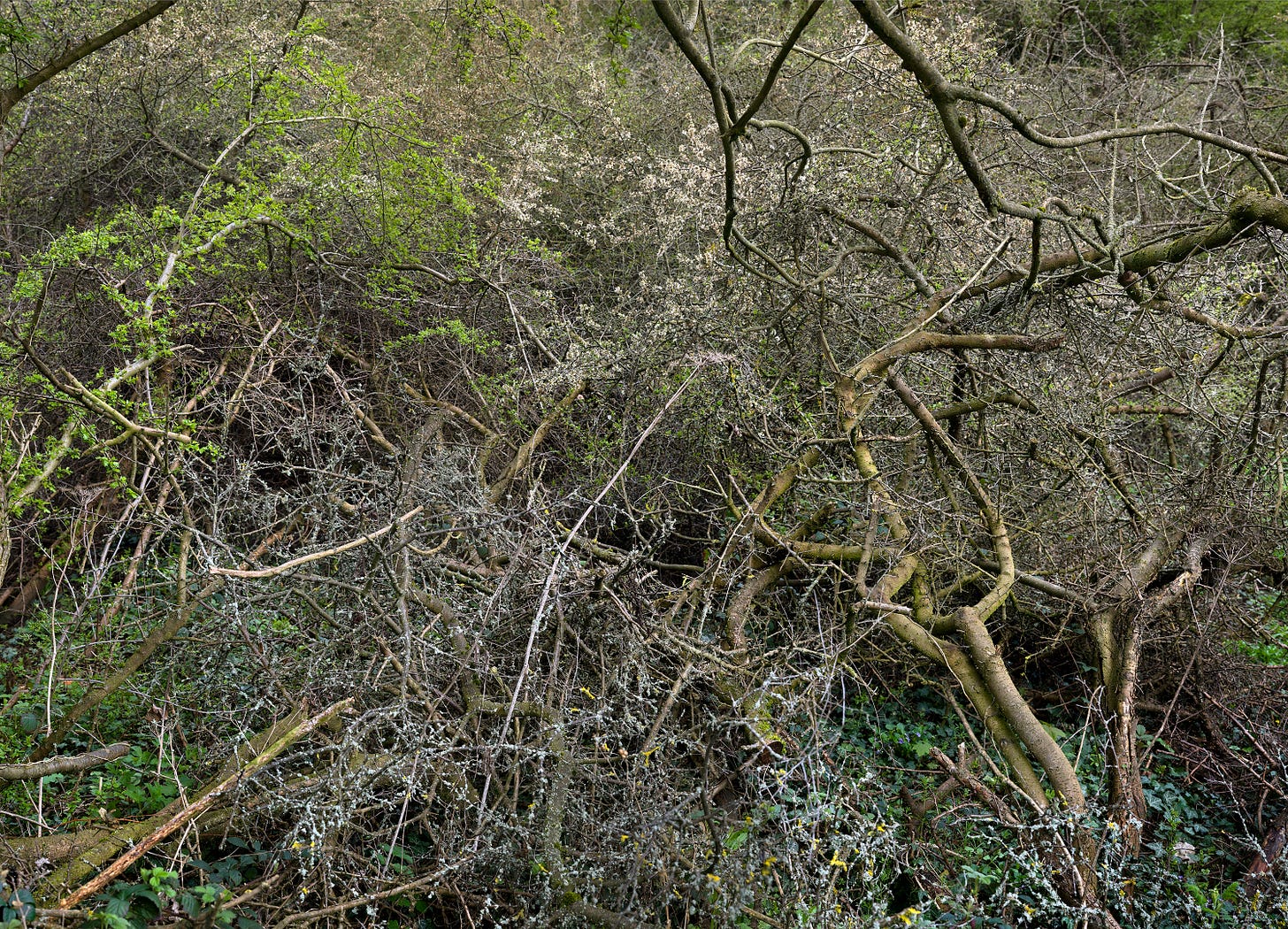
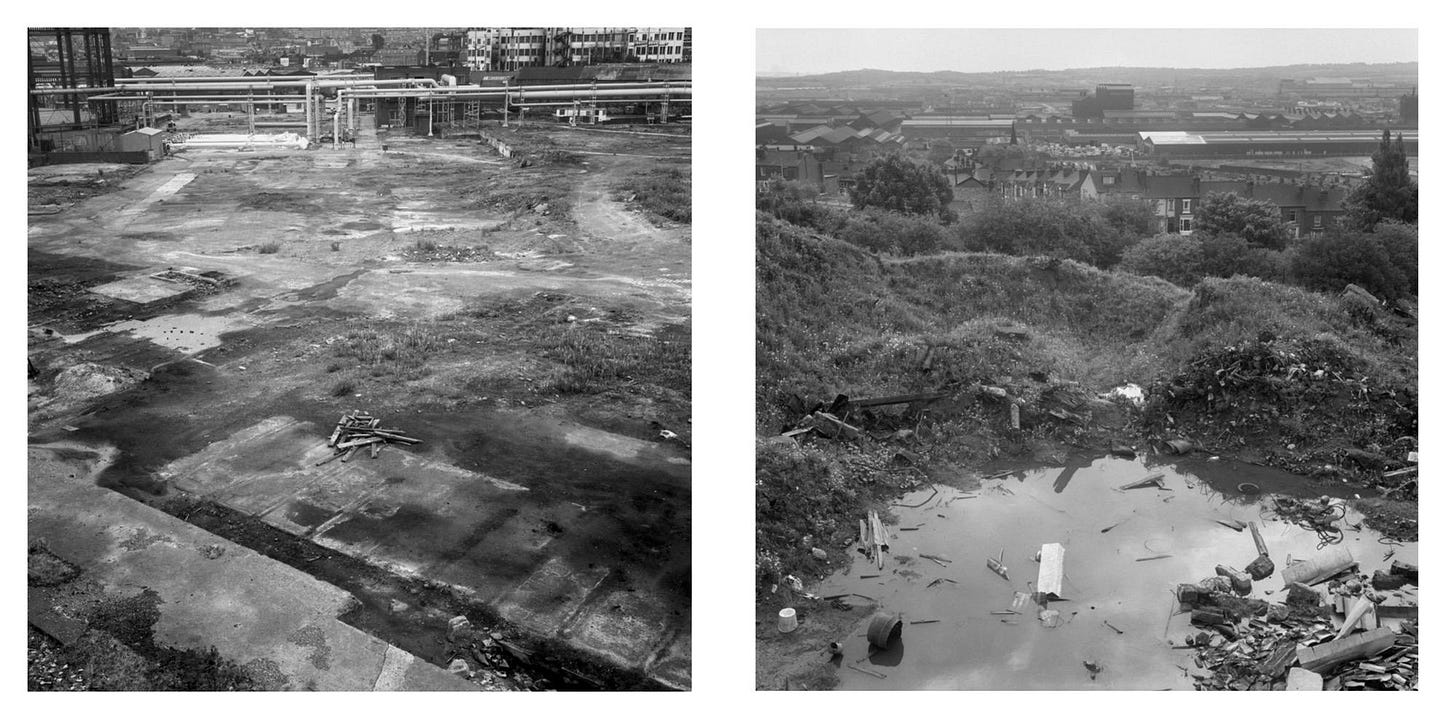
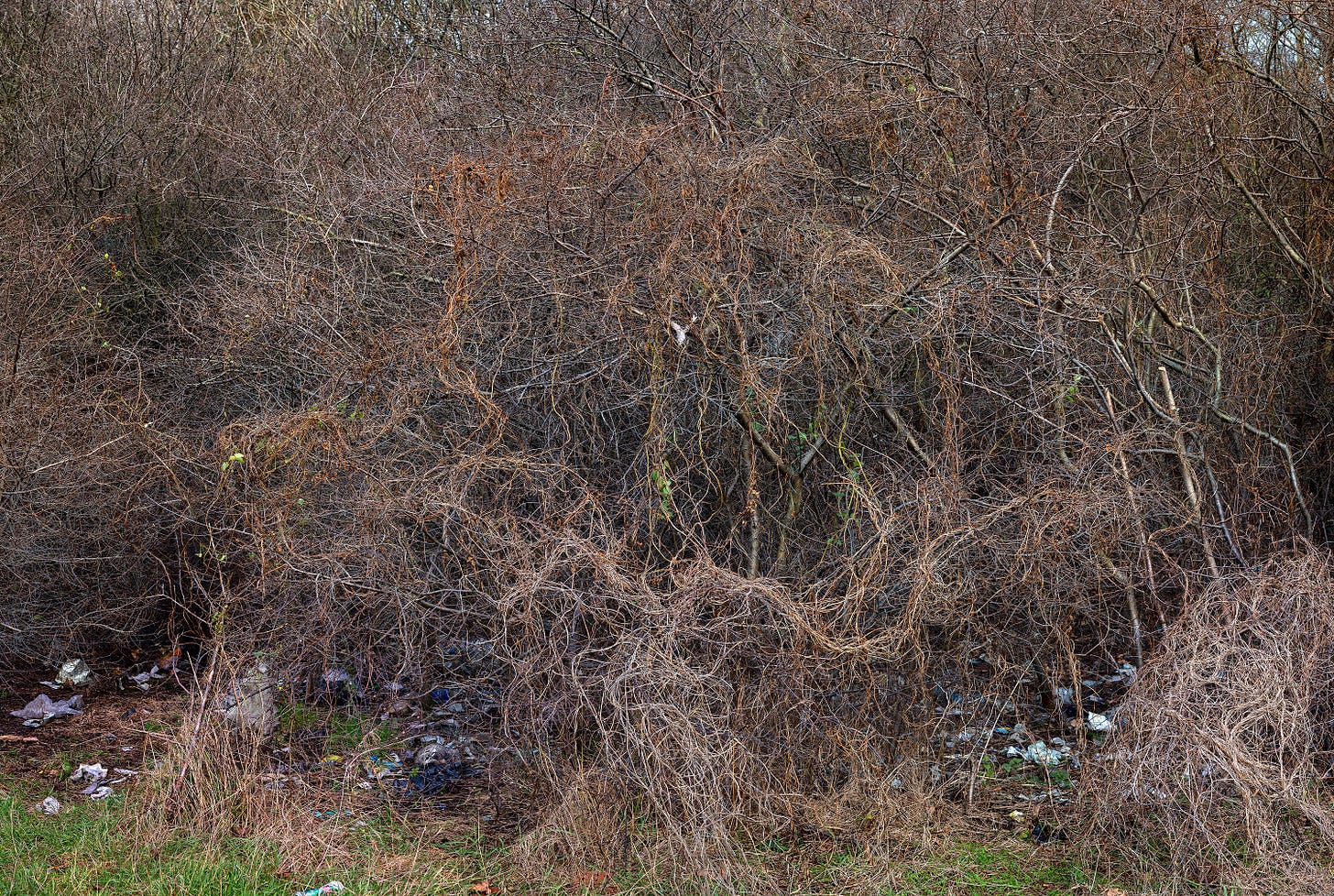
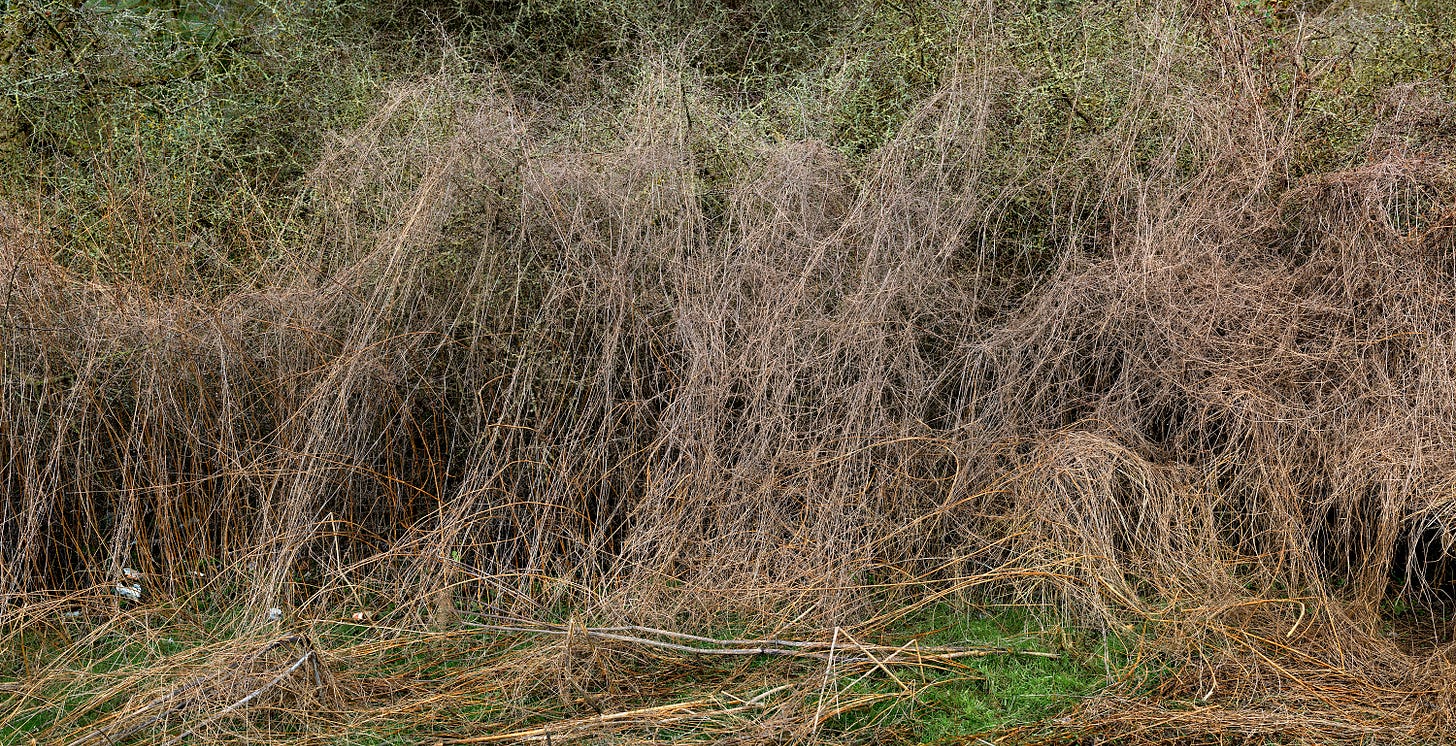
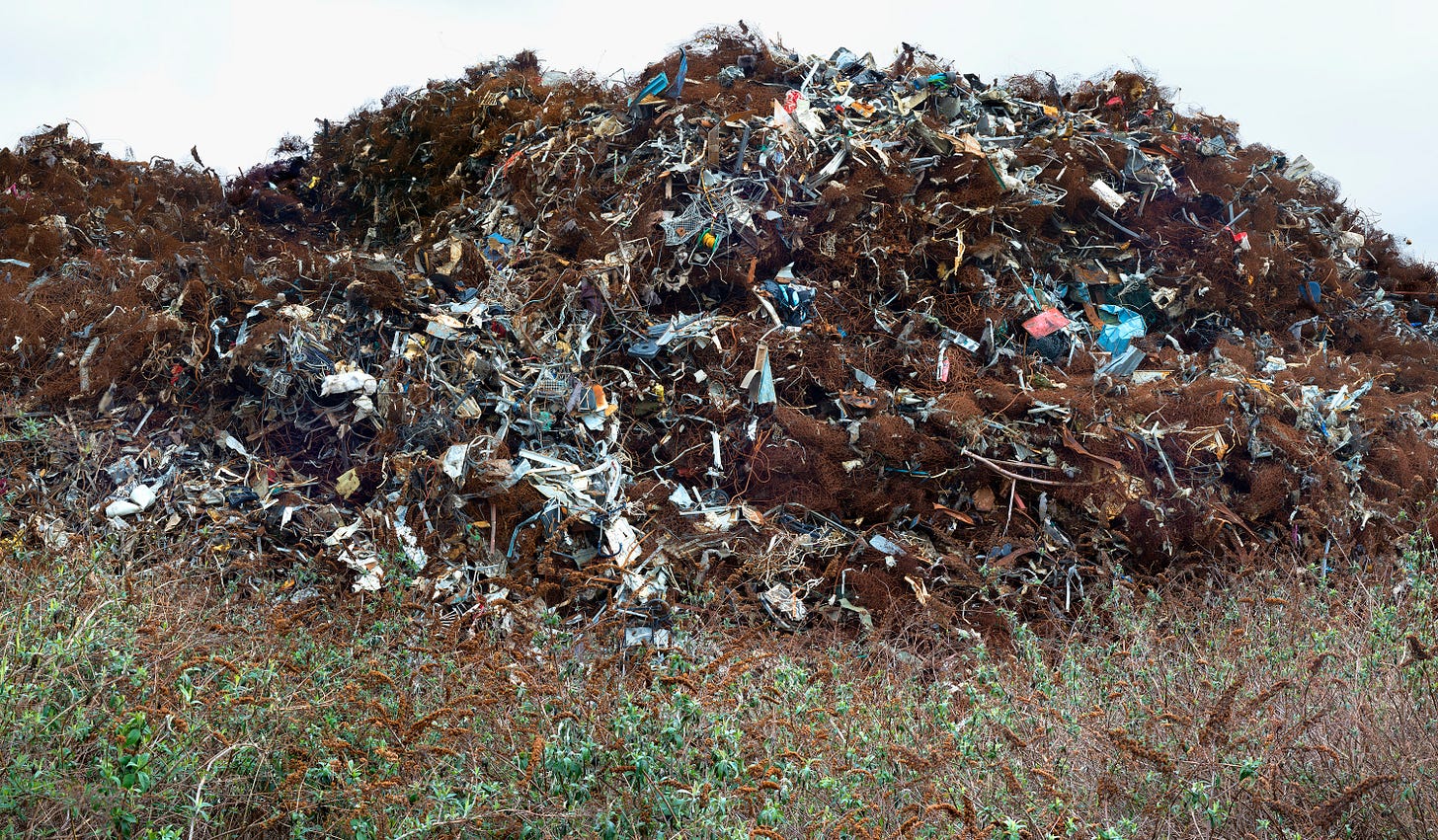
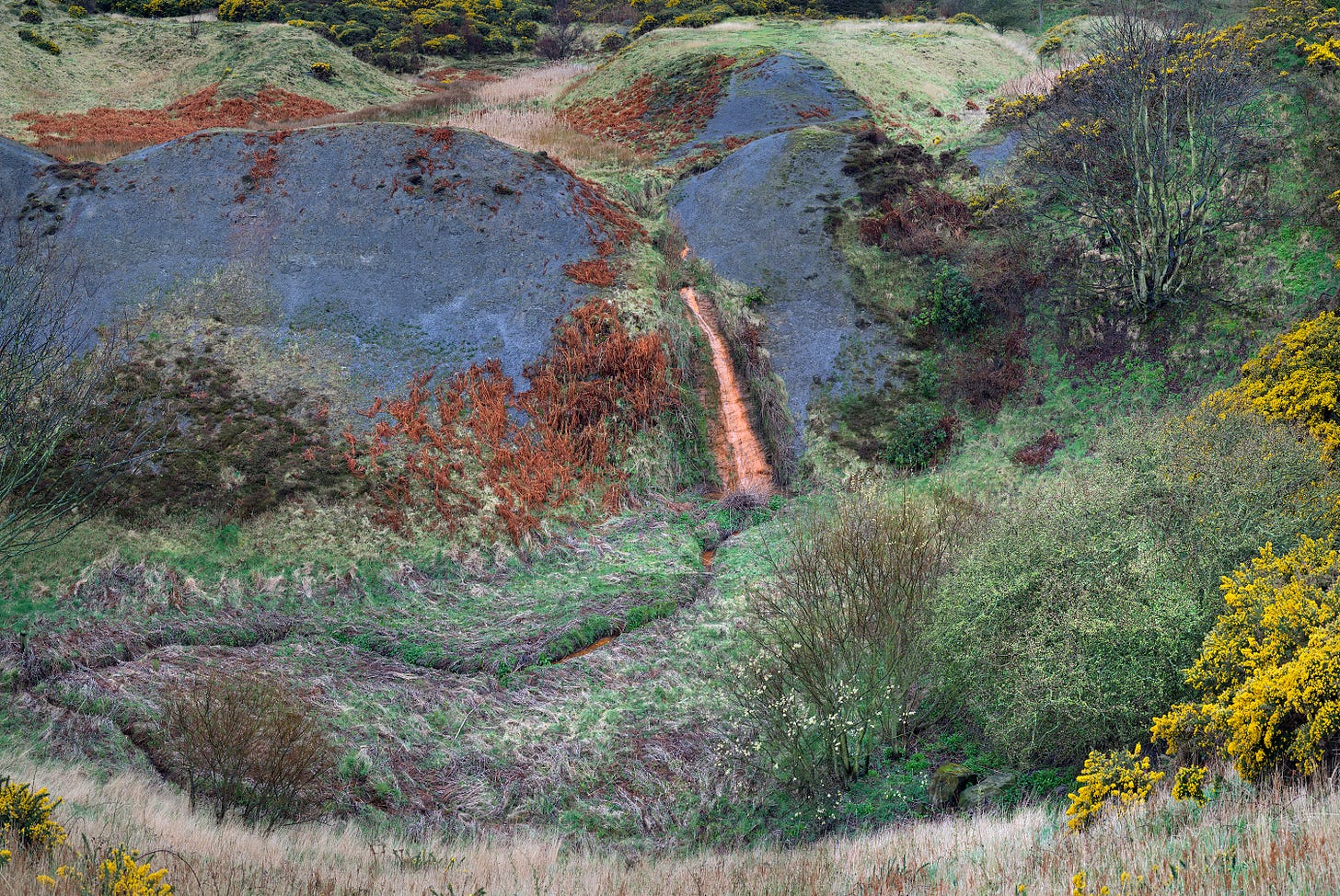
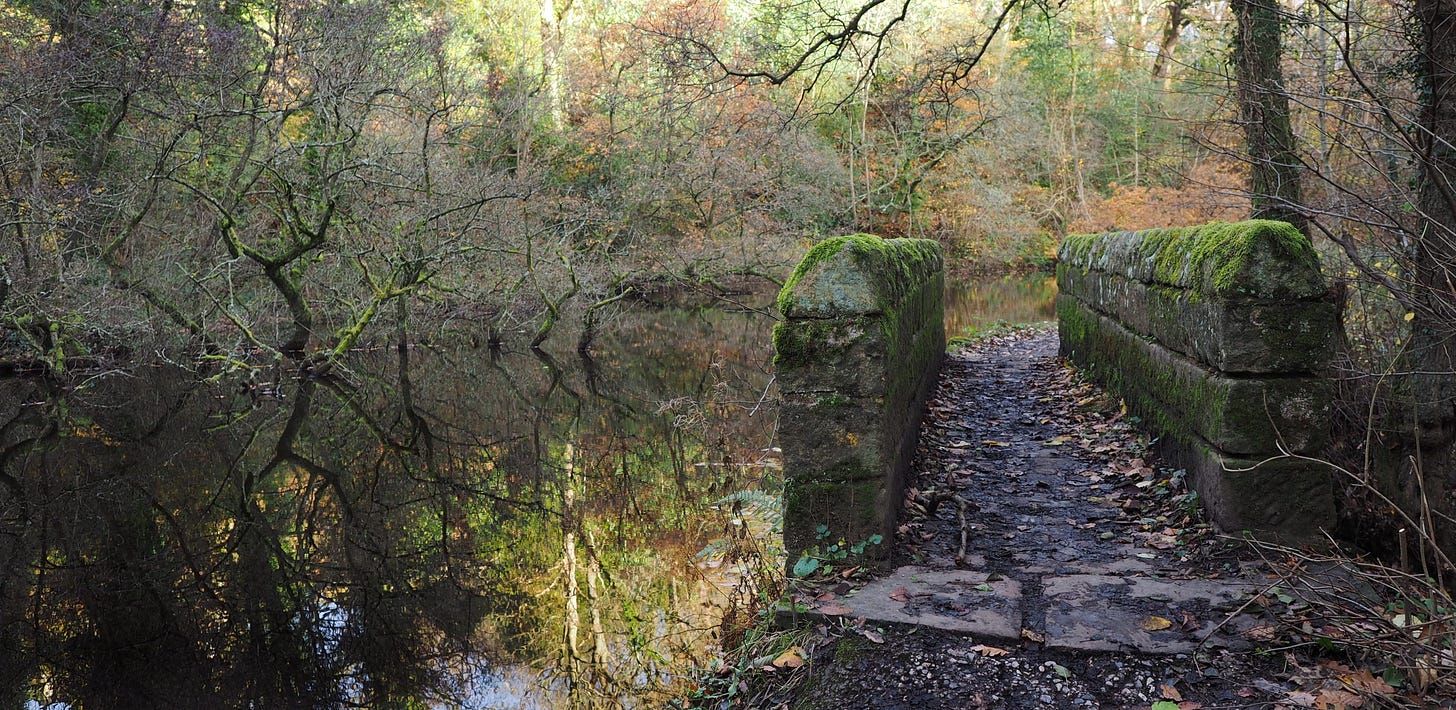
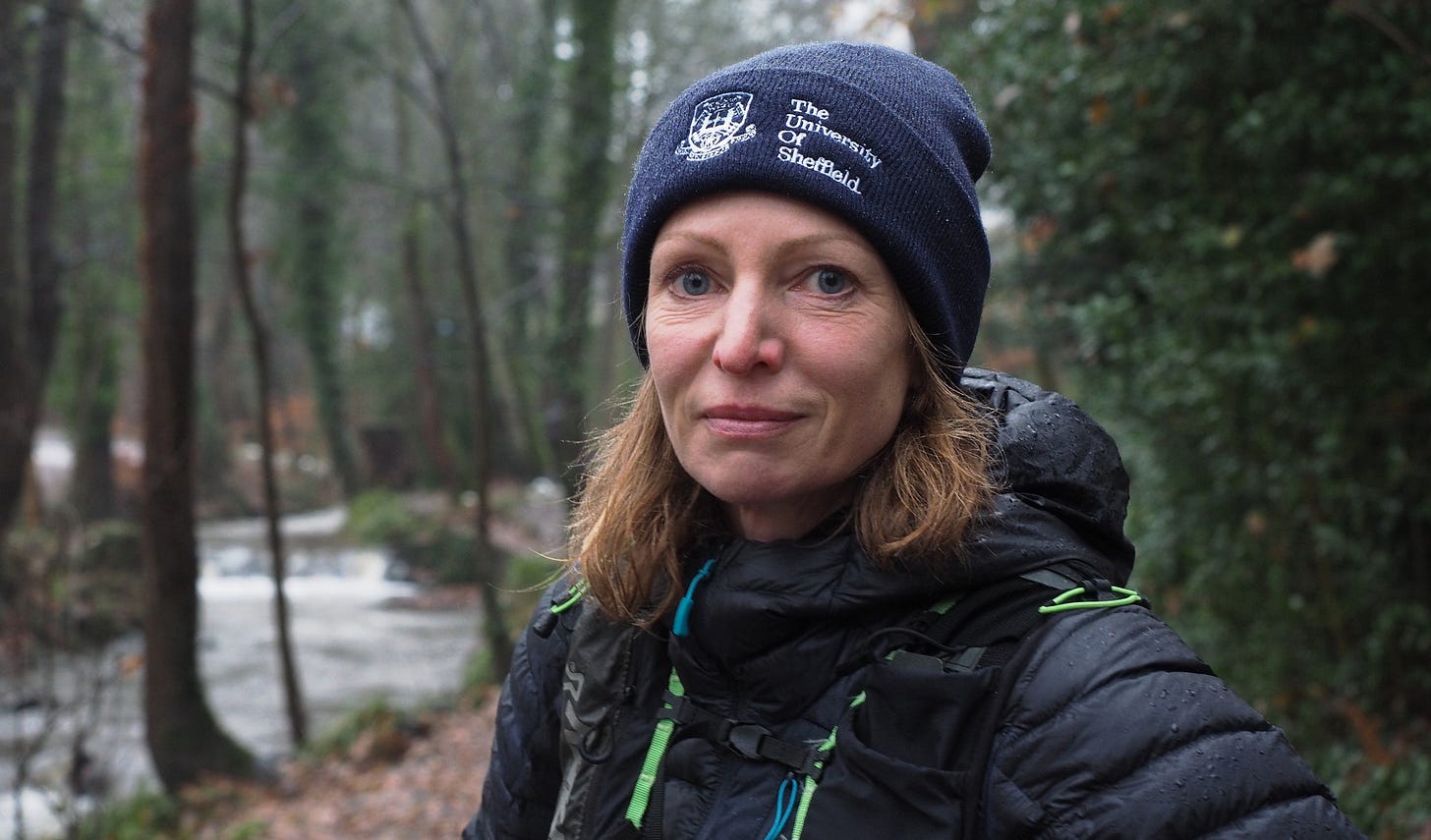
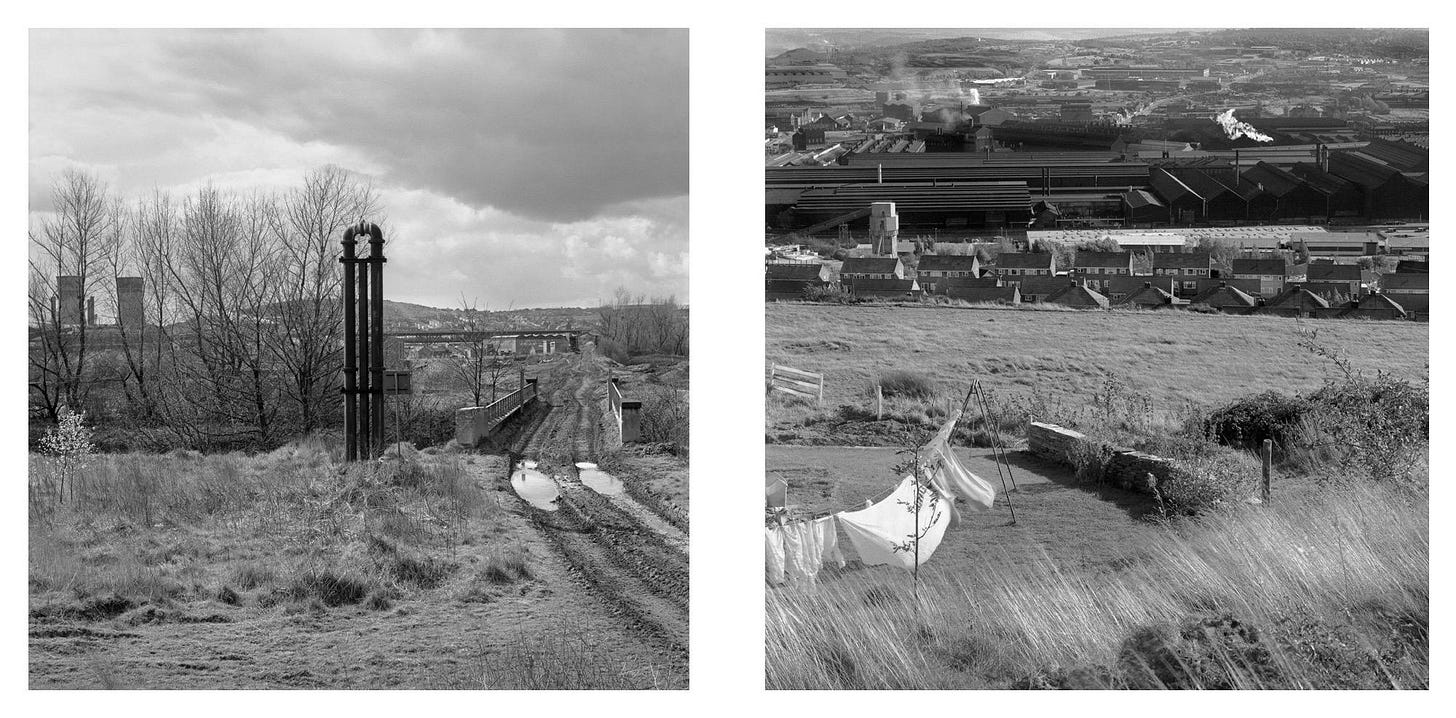
Thank you for your writing, I’m learning so much!
Also just to let you know... Green City Action allotment sessions are not running in January. First one back is Thursday 1st Feb.